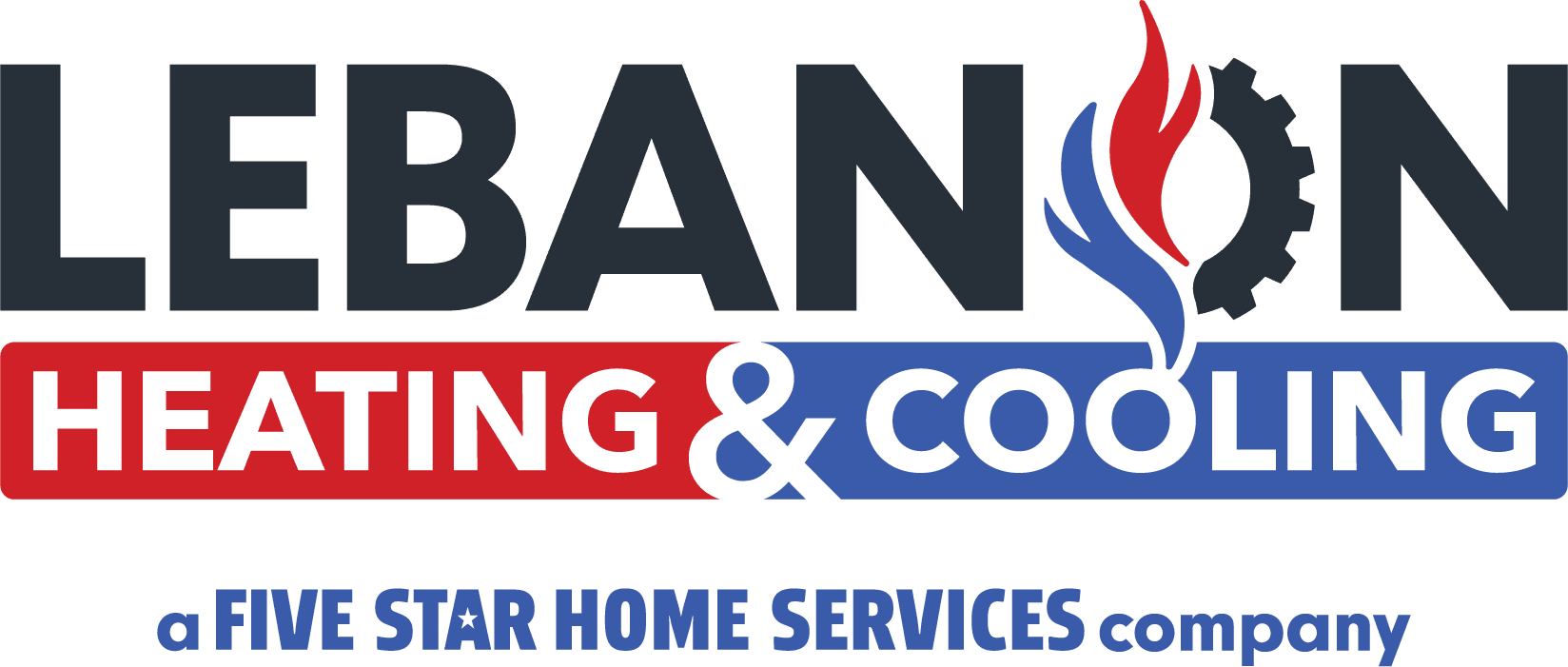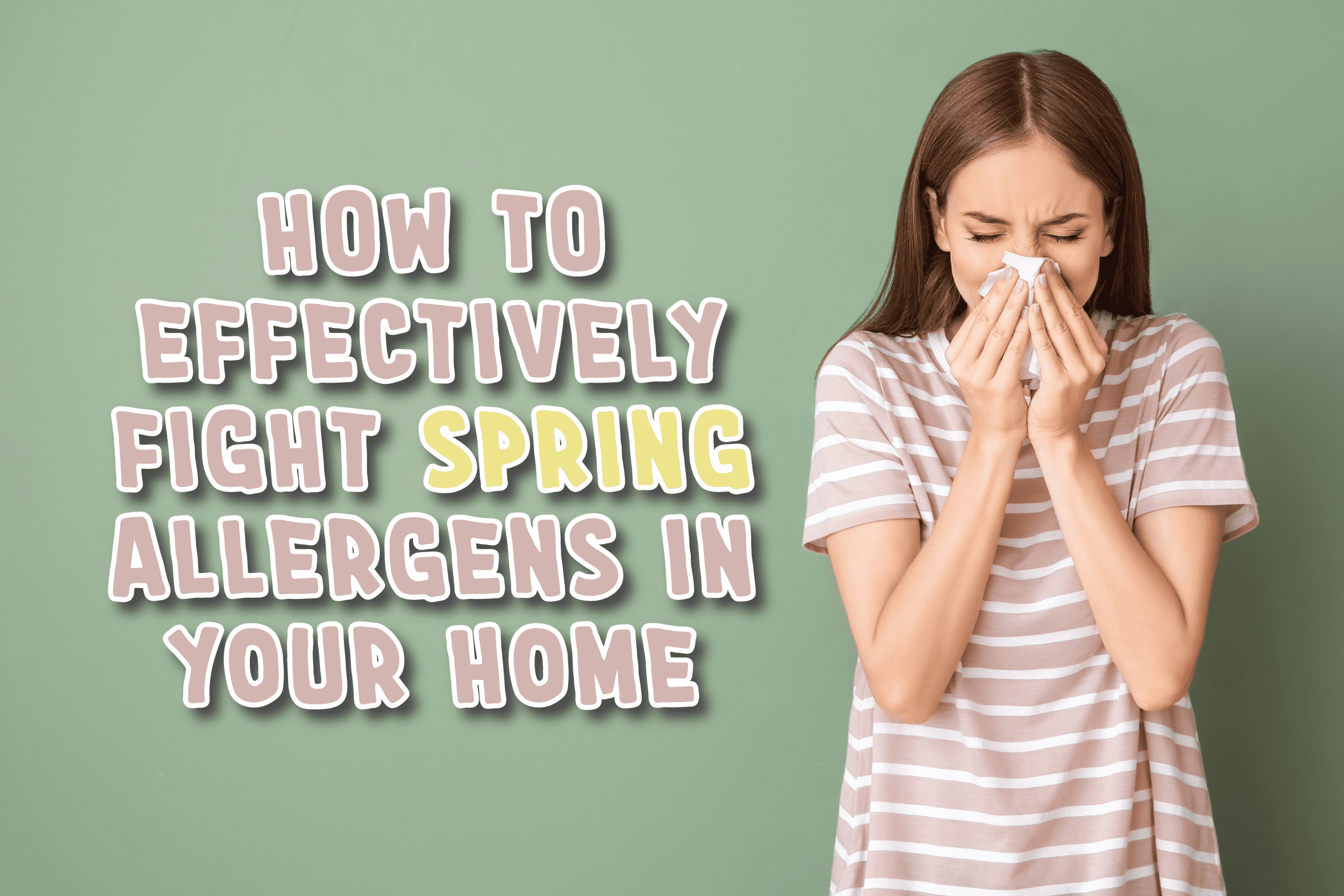March 19th is the first day of spring this year! While spring brings warmer weather and beautiful flowers, it also brings seasonal allergies to many Ohio residents. Allergies can cause a range of unpleasant symptoms, commonly referred to as hay fever. So, if you are one of the many people who suffer from allergies in Ohio, here are some practical solutions from Lebanon Heating & Cooling to combat allergens in your home.
Understand the Symptoms of Hay Fever
Hay fever, also known as allergic rhinitis, is the most common type of allergy in Ohio. It occurs when your body’s immune system overreacts to allergens such as pollen and produces histamines that cause allergy symptoms. These symptoms can range from mild to severe and can last for weeks or even months.
Some common hay fever symptoms include:
· Sneezing
· Runny or stuffy nose
· Itchy eyes, mouth, throat or skin
· Ear congestion
· Postnasal drip
If you experience these symptoms regularly during spring and summer, it is likely that you have hay fever caused by allergens in Ohio.
Understand Why Ohio’s Landscape Causes Allergies
Before addressing the issue of allergens, it is important to understand why Ohio has such high pollen and allergy levels. Ohio’s landscape includes a mix of urban areas, farmland, forests, lakes, and rivers – all of which have different types of plants and trees that produce pollen. Furthermore, this diversity in landscape introduces various environmental factors that can exacerbate allergies, leading to a variety of pollen being released throughout the year, resulting in a longer allergy season (typically ranging from February to November).
Understand the Kinds of Allergens in Ohio
These include but are not limited to:
· Tree Pollen: Pollen from trees such as oak, maple, birch, cedar, pine, and hickory can trigger allergies, especially in the spring.
· Grass Pollen: Grasses like Kentucky bluegrass, timothy grass, and Bermuda grass release pollen, leading to allergies, particularly in late spring and early summer.
· Weed Pollen: Ragweed is a major weed in Ohio that produces abundant pollen in late summer and early fall, causing allergies for many individuals.
· Mold Spores: Mold spores are a common allergen in Ohio. Mold can grow on decaying vegetation, leaves, and other organic matter.
Understand How to Combat Allergens with Home Solutions
Although allergies can be difficult to prevent entirely, there are several practical solutions that you can implement in your home to reduce the impact of allergens:
1. Keep your windows closed during peak pollen season (typically spring and summer).
2. Vacuum regularly with a HEPA filter to remove allergens from carpets and furniture.
3. Wash your bedding and curtains regularly in hot water to remove pollen and other allergens.
4. Shower immediately after coming in from the outdoors so that any pollen or allergens stuck on you are washed off right away.
5. Dust frequently, paying special attention to areas such as bookshelves and other surfaces that collect dust.
6. Change your air filters regularly to prevent the circulation of allergens in your home. Every 1-2 months is a good rule of thumb to go by.

Interesting Fact: Did you know that hay fever affects about 1 out of 5 people in their lifetime?
Understand How to Combat Allergens with Professional Solutions
While implementing practical home solutions into your daily life is the best answer for aid in immediate relief, sometimes looking into professional solutions or services may be necessary. Here are a few suggestions you may want to consider:
Get a Whole-Home Purifier – The iWave is a highly recommended whole-home air purification system. This whole-home air purifier can be installed in your HVAC system to continuously clean and purify the air in your home. It uses advanced ionization technology to reduce allergens, bacteria, viruses, and other particles that can trigger allergies and respiratory issues.
Get a Whole-Home Dehumidifier – High humidity levels can create the perfect breeding ground for allergens such as mildew and mold. So, installing a whole-home dehumidifier can help to reduce moisture in your home, making it less hospitable for these allergens and harmful contaminants to thrive.
Install A Smart Thermostat – A smart thermostat can help you control the humidity levels in your home, reducing the growth of mold and dust mites. It also allows you to schedule temperature changes and control your HVAC system remotely, making it easier to maintain a comfortable and allergen-free environment.
Schedule a Duct Cleaning – According to the EPA, indoor air can be up to five times more polluted than outdoor air. This pollution includes allergens such as pollen, dust mites, and mold spores that can build up in your home’s ductwork. Having your air ducts professionally cleaned can improve the overall air quality in your home and reduce allergy symptoms. Plus, you typically only need to have this service done every three to five years.
Interested in any of these options? Give us a call to discuss what may be the best fit for you, your family, and your home!
Remember, allergies are a common problem for many, but with these practical solutions, you can reduce their impact on your daily life. By understanding the causes and symptoms of allergies and implementing both home and professional solutions, you can enjoy springtime without constantly suffering. So, take control of your allergies today, and don’t forget to call us for all your HVAC air quality needs.
Count on Lebanon Heating & Cooling for anything HVAC-related! Call us today at (513) 540-1773, or schedule an appointment online now by clicking here!





